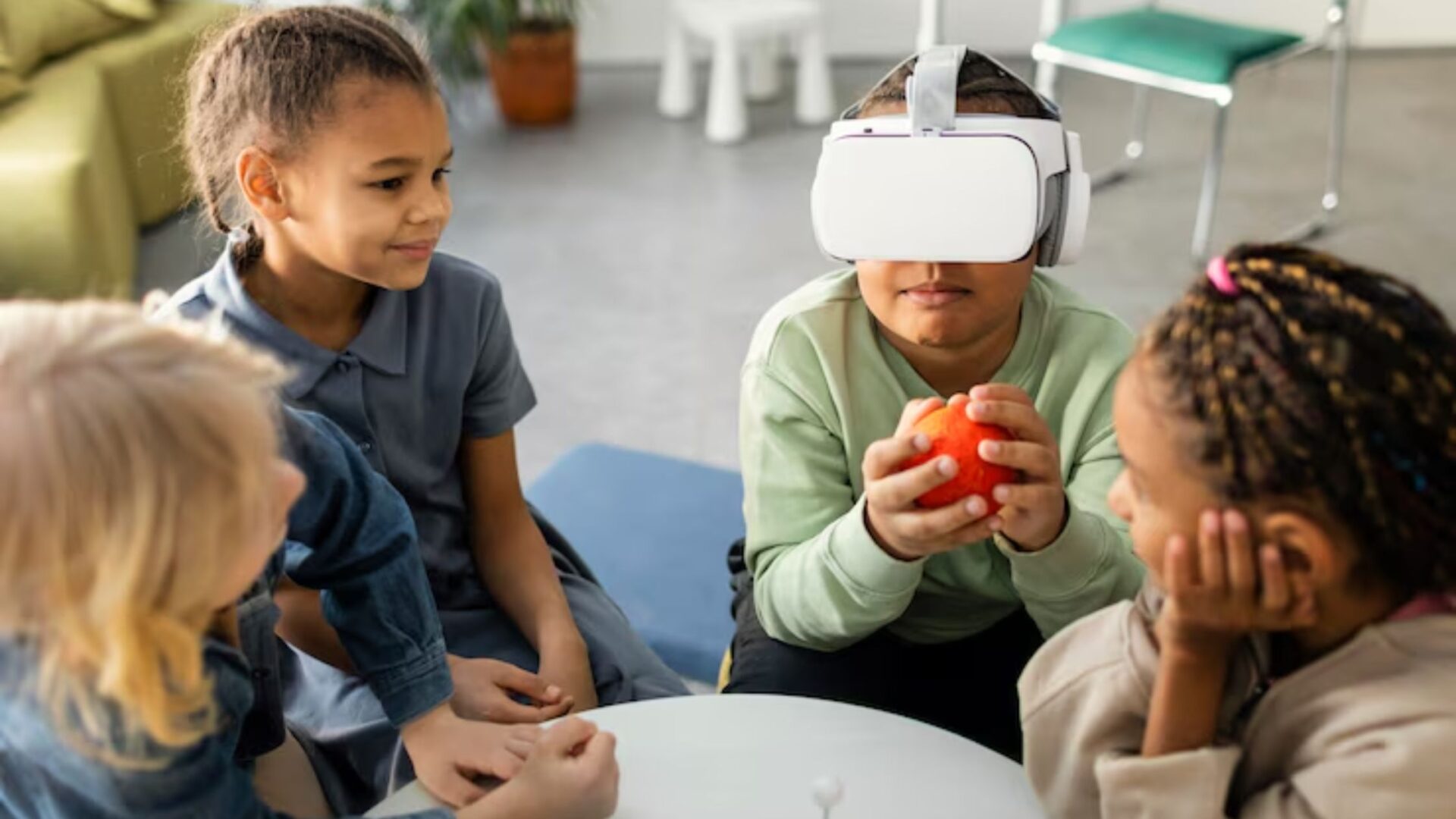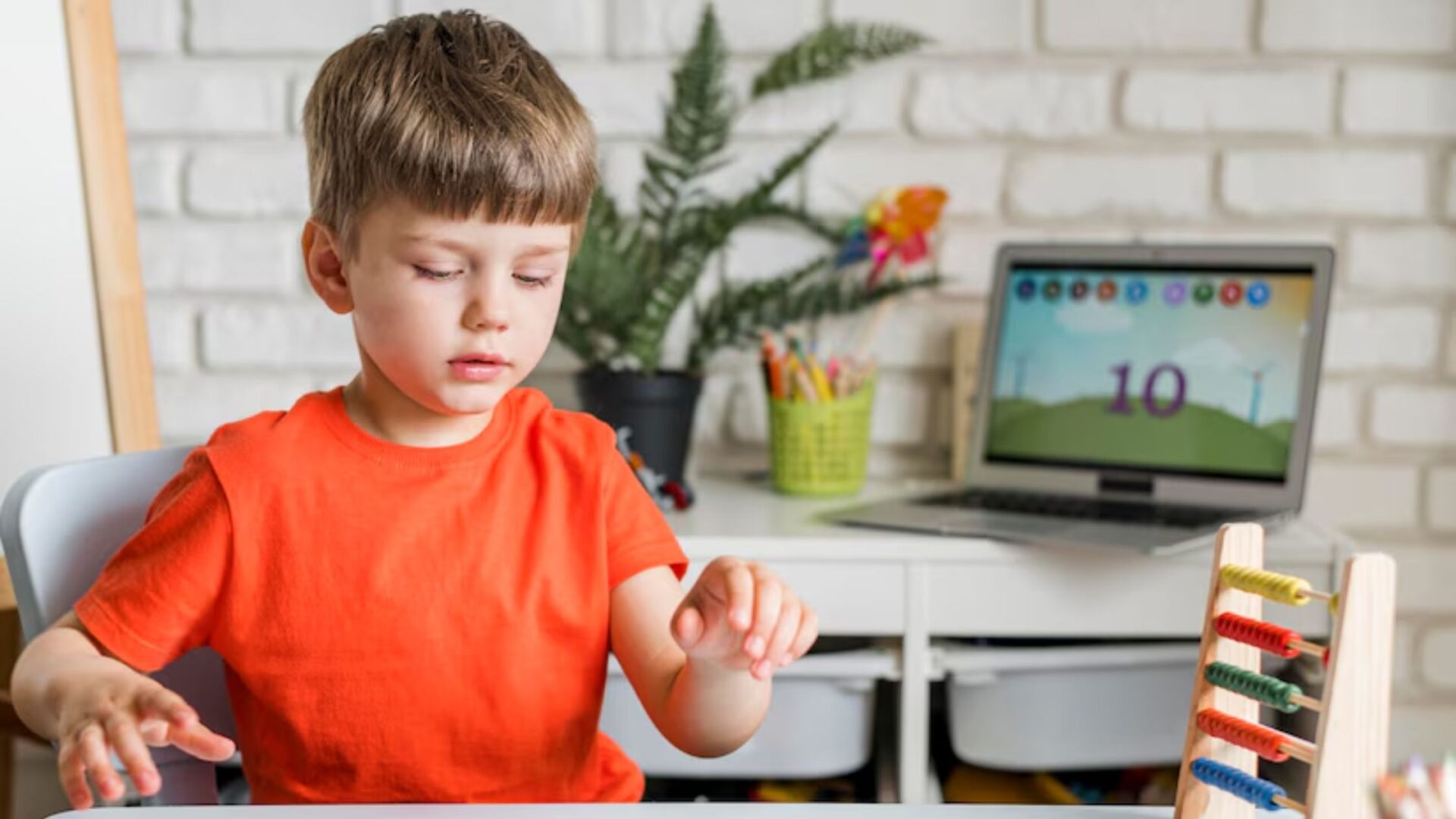When it comes to helping children remember and retain information, many methods can make a difference. One such method is multisensory learning—a teaching approach that engages multiple senses to improve memory retention. But how exactly does multisensory learning impact a child’s memory, and why is it so effective in boosting their ability to recall information?
What Is Multisensory Learning?
Multisensory learning involves engaging multiple senses—visual, auditory, tactile, and kinesthetic—in the learning process. This method goes beyond simply reading or listening; it involves interacting with the material using sight, sound, and touch, which helps children form stronger connections and memories.
For example, a child might see a word, say it aloud, trace it with their finger, and even move their body to represent the word. By incorporating multiple senses, we ensure that the brain creates stronger memory pathways, which makes it easier to recall information later.
How Children Build and Store Memories
Understanding how children process and store memories can shed light on why multisensory learning is so effective. The brain processes information in stages, first storing short-term memories and later moving them into long-term memory. When children engage more than one sense while learning, they’re reinforcing those memories and helping the brain create stronger associations.
For instance, when a child hears a lesson while writing or moving their body, the brain forms connections in different areas. This process strengthens the memory pathways, making the information more likely to be retained and recalled. The more senses are involved in the learning process, the more robust the memory.
The Science Behind Multisensory Learning and Child’s Memory
So, how does multisensory learning impact a child’s memory from a scientific perspective? The brain forms stronger neural connections when multiple senses are involved in the learning process. Studies suggest that when children use multiple senses to engage with new information, they create more associations and pathways for recall. These stronger connections make it easier for children to remember what they’ve learned.
Additionally, multisensory learning supports the brain’s neuroplasticity—the ability of the brain to reorganize itself by forming new neural pathways. Engaging multiple senses encourages the brain to build these pathways, which leads to better retention and stronger memory recall.
Why It Matters for Children with Learning Challenges
For children with learning differences such as dyslexia or ADHD, traditional learning methods can sometimes be ineffective or overwhelming. These children may struggle with processing information through just one or two senses. Multisensory learning offers a more supportive approach, helping these children bypass traditional challenges by engaging their full sensory system.
By using hands-on strategies like tactile activities or involving movement, children with learning challenges can process information more effectively. This method reduces cognitive load, which is especially helpful for children with difficulties in auditory processing or memory retention. Multisensory learning helps children break through these barriers and strengthens their memory of the concepts being taught.
Conclusion
Multisensory learning can significantly impact a child’s memory by engaging multiple senses to create deeper connections and associations. This method is especially beneficial for children with learning challenges, offering a way to support their learning while making the process more enjoyable.
By incorporating activities that engage sight, sound, and touch, parents can help their children improve memory retention and build stronger learning pathways. Whether you’re practicing at home with simple games or using structured multisensory techniques, you’ll be helping your child strengthen their memory in meaningful ways.
Are you concerned about your child’s learning and memory development? Contact us to get personalized strategies and expert support now!


